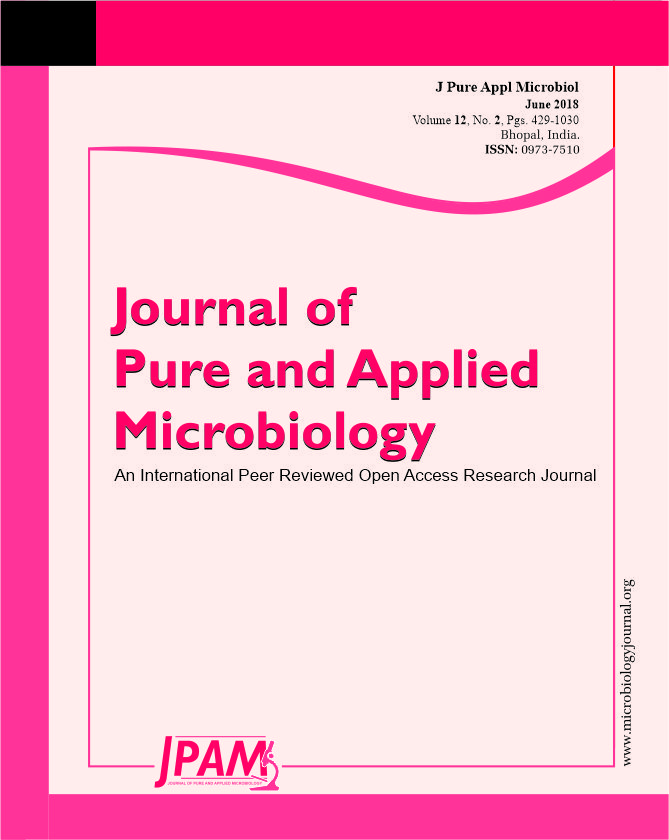The aim of the present study was to isolate, cultivate and characterize Magnetotactic Bacteria detected in Microcosms collected from north India, and to compare the Genomic DNA of isolated DNA with the ‘Magnetospirillium gryphiswaldense MSR-1’ for the analysis of the size of genomic DNA. The microcosms collected from North India were subjected to study the physiochemical properties such as dissolved oxygen and pH. The isolation of Magnetotactic Bacteria was done by applying Capillary Racktrack method and to grow in double gradient medium. The genomic DNA was isolated and analyzed using pulse field gel electrophoresis. The outcomes of the study show the co-relation between physiochemical properties and the growth rate of the Bacterial strain was 34 times more than the dry weight of iron concentration. The genomic DNA analysis using pulse field gel electrophoresis shows that estimated the size of genomic DNA, consistent with ‘Magnetospirillium gryphiswaldense MSR-1’ The isolated strain significantly shows similarity to the a-subgroup of Proteobacteria. The bacteria were highly applicable in various fields of Science and Technology due to there antitoxic property.
Biodiversity, Iron homeostasis, Microbial Genomics, Magnetotactic Bacteria, PFGE.
© The Author(s) 2018. Open Access. This article is distributed under the terms of the Creative Commons Attribution 4.0 International License which permits unrestricted use, sharing, distribution, and reproduction in any medium, provided you give appropriate credit to the original author(s) and the source, provide a link to the Creative Commons license, and indicate if changes were made.


